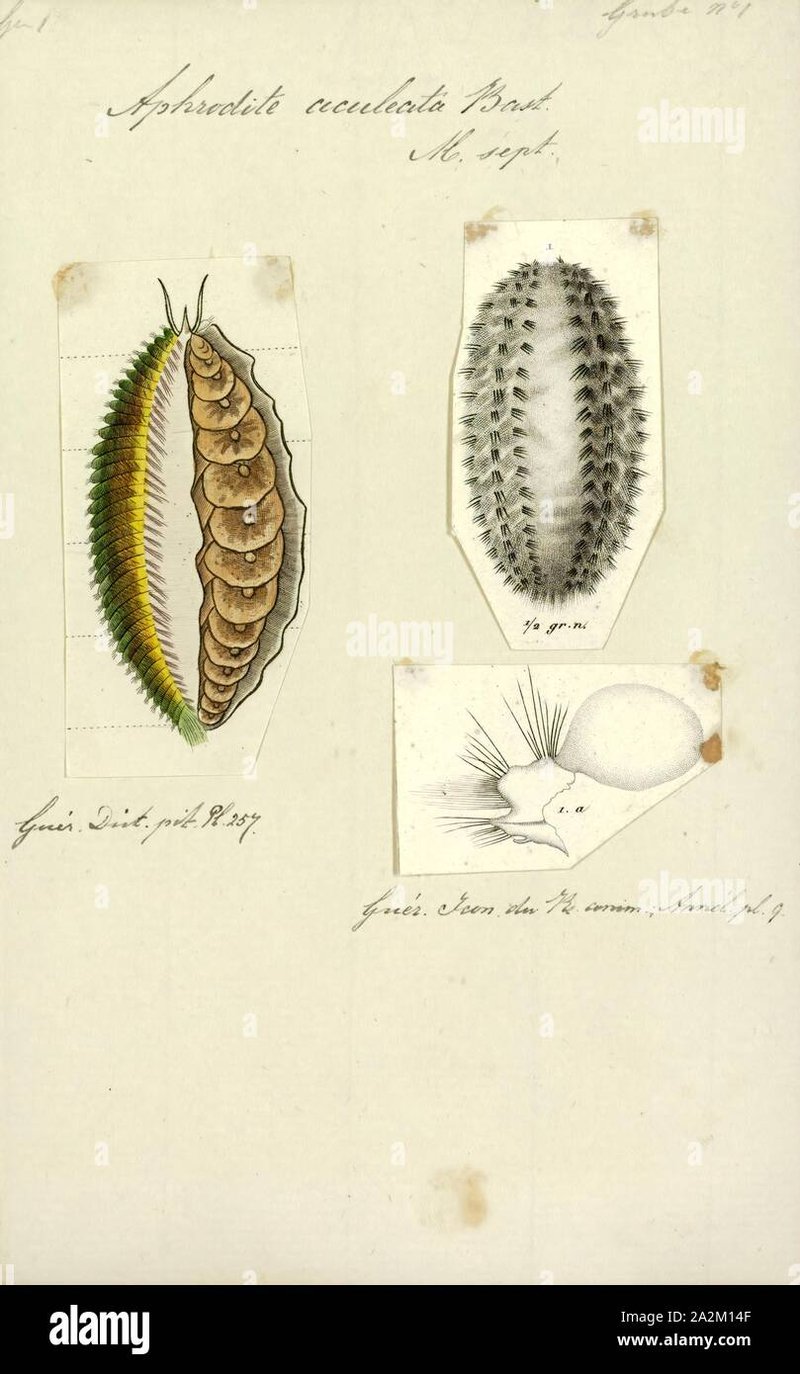
Using *Aphrodite aculeata* in school science demonstrations isn’t just a fun idea—it’s a great way to spark curiosity in students. Think of it as using a live example to illustrate complex ideas. Instead of reading about marine biology from a textbook, students can witness it firsthand, right in front of them. This approach not only enhances understanding but also encourages excitement about science. Let’s dive deeper into how you can effectively use *Aphrodite aculeata* in your classroom!
What Makes *Aphrodite Aculeata* Special?
Before bringing *Aphrodite aculeata* to your class, it’s good to understand what makes this sea star such an interesting specimen. For starters, these animals are not just beautiful; they possess remarkable biological features that can teach students about anatomy and physiology in a very relatable way. The basic structure of *Aphrodite aculeata* includes a central disc and multiple arms, usually five, which give it that iconic star shape.
You might be wondering, how does this relate to science? Well, the star’s arms contain a fascinating network of small tubes and cells called tube feet, which allow it to move and cling to rocks or other surfaces. This is a fantastic opportunity to discuss the concept of locomotion in marine animals. Students can learn how these adaptations help the starfish survive in its environment.
Another unique aspect is its ability to regenerate lost arms. This capability is not just a fun fact—it’s a gateway to discussions about regeneration and its implications for biology and medicine. Students can think about what this ability means for survival and adaptation in the wild.
How to Prepare for the Demonstration
Planning is key when it comes to using *Aphrodite aculeata* in your demonstrations. Start by sourcing your starfish from a reputable marine supply or science education company. It’s essential to ensure that your specimen has been ethically sourced to promote sustainability and respect for marine life.
Once you have the sea star, make sure you have a suitable habitat for it during the demonstration. A saltwater aquarium or a large container with seawater is ideal. It’s important to maintain appropriate water conditions—temperature, salinity, and oxygen levels—so your sea star remains healthy throughout the presentation.
Further, prepare some interactive materials. Students might find diagrams of the starfish’s anatomy helpful. You could also have some props that showcase the starfish’s diet, which mainly consists of mollusks and other small marine organisms. These visual aids will enhance the overall experience and help students grasp the key concepts better.
Engaging Students with Hands-On Learning
One of the best ways to engage students is through hands-on activities. Rather than just lecturing about *Aphrodite aculeata*, let students touch, observe, and even interact with the starfish. You could organize a station where students can gently handle the sea star, observing its texture and movements while discussing its physical properties.
Another fun activity could be to compare *Aphrodite aculeata* with other marine animals. For example, discussing the differences between starfish and sea urchins can highlight various adaptations in marine life. This comparison emphasizes the diversity of ocean ecosystems and helps instill a greater appreciation for biodiversity in students.
You might also want to introduce a small science experiment related to the starfish’s behavior or feeding habits. For instance, you could set up an observation task where students document the starfish interacting with different objects in the aquarium. This hands-on experience makes science come alive and encourages critical thinking.
Demonstrating Ecosystem Roles
Every creature plays a unique role in its ecosystem, and *Aphrodite aculeata* is no exception. By using this marine animal in your science demonstrations, you can illustrate important concepts like the food chain, ecological balance, and conservation.
Start by explaining how starfish fit into their ecosystem. They are predators of bivalves, which means they help control the population of oysters and clams. This is a great point to discuss how removing one species can throw off the balance of the entire ecosystem, leading to overpopulation of other species.
You might even consider a fun, interactive game where students identify different marine animals, including the sea star, and place them in the corresponding positions of the food chain. This visual representation can solidify their understanding of these concepts while showcasing the interconnectedness of ocean life.
Common Challenges and Troubleshooting
Using *Aphrodite aculeata* in science demonstrations can be incredibly rewarding, but there are some challenges to keep in mind. The most common issue is maintaining the health of the sea star during the presentation. If the water conditions aren’t right, the starfish may become stressed or lethargic.
To avoid this, ensure you prepare the aquarium well in advance. Test the water for salinity and temperature, and keep it stable until the demonstration. If you’re unsure about your setup, don’t hesitate to ask for advice from local aquarists or marine biology educators.
Another challenge could be keeping students engaged. Some might be hesitant or unsure about handling a live animal. Create an atmosphere of curiosity rather than fear. Encourage questions and discussions, and reinforce that it’s perfectly okay to be cautious yet curious.
Wrapping Up the Demonstration
After your demonstration, take a moment to summarize the key points and allow students to share their thoughts. Engage them in discussions about what surprised them, what they found interesting, and how they think this knowledge applies to broader environmental issues. This not only reinforces what they’ve learned but also fosters a deeper connection to the material.
You could also encourage students to think about ways they can contribute to marine conservation efforts. Bring the conversation full circle by discussing how understanding creatures like *Aphrodite aculeata* can inspire them to care for the environment.
Using *Aphrodite aculeata* in science demonstrations can truly create memorable learning experiences that resonate beyond the classroom. It encourages curiosity, critical thinking, and a deeper appreciation for the wonders of marine life. So, are you ready to bring this fascinating sea star into your next science lesson? Happy teaching!

